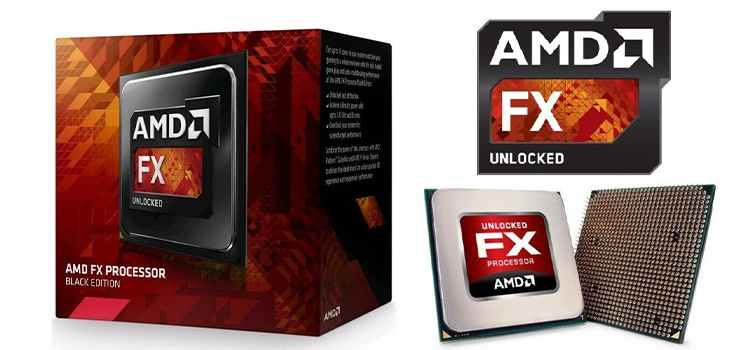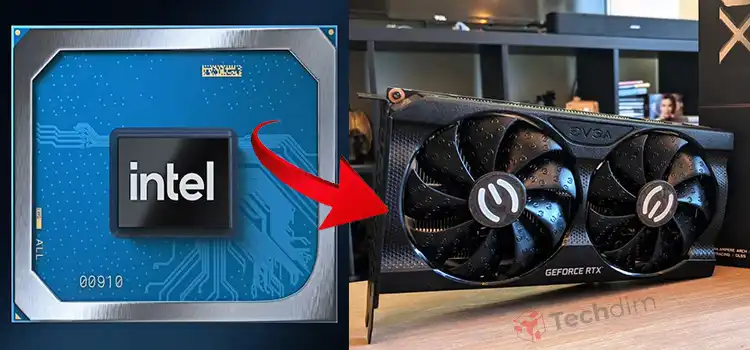DDR3 vs DDR3L | Everything You Need to Know
The difference between DDR3 and DDR3L is not by leaps and bounds. DDR3 is still one of the most widely used versions of RAM and the L version introduced just some minor improvements.
L, in the case of DDR3, stands for low voltage. While traditional DDR3 requires 1.5 volts to work, DDR3L uses 1.35 volts instead. That minor difference in power consumption is what makes DDR3L a bit more efficient.
But is that enough to upgrade or which one should you choose between these two? We’ll answer these in this guide.

DDR3 vs DDR3L
The DDR3L is a newer version of DDR3 RAMs, where “L” stands for “Low-voltage level”. Its because DDR3L requires less voltage than DDR3 memories. DDR3 memory operates at 1.5V in general, whereas DDR3L operates at 1.35V, and reduces power consumption by 15% compared to DDR3 RAMs. These voltage values determine power consumption and play vital roles in overclocking RAM. DDR3L memory operates with PC3L modules, where DDR3 ones operate with PC3 modules.

Battery Life
newer memory versions operate at lower voltage levels to reduce power consumption. In laptops or notebooks, this can greatly affect battery life. DDR3U is an “Ultra-low voltage level” DDR3 memory, which operates at 1.25V, much less than DDR3 and DDR3L memories. The transfer rates of these are the same.
Supported Processor Type
DDR version compatibility also affects processor type. The DDR3 memory is compatible in the previous generation of Intel processors, but DDR3L is only supported from 3rd generation processors. After the 5th gen, there are no processors compatible with DDR3 memory. Only DDR3L and DDR4 support can be found at these ranges.

Backward Compatibility
Backward compatibility means compatibility with any previous versions or legacy systems. It is also known as “Downward compatibility”. DDR3 memory isn’t backward compatible, but DDR3L memory is. This means you can’t use DDR3 memory with another DDR2 memory. But you can use DDR3L memory with another DDR3 memory. They are interoperable, and therefore DDR3L is a backward compatible memory.
However, using a DDR3L memory with another DDR3 memory will cause both of these memories to run at 1.5V instead of 1.35V of DDR3L.
If you are still confused which one to choose, here’s a comparison table for you.
| DDR3 | DDR3L | |
| Voltage | 1.5 | 1.35 |
| Power Usage | High | Less |
| Heat Generation | High | Low |
| Max Capacity | 8 GB | 8 GB |
| Price | Low | High |
Benefits of Getting DDR3L
DDR3L is an advanced version of memory. So, it comes with certain pros or advantages. Both DDR3 and DDR3L memory runs at the same clock speed. But the advantages are significant:
- DDR3L operates at a lower voltage (1.35V). So, they consume 10% less power to operate than DDR3 ones.
- For less power consumption, DDR3L memory gives better battery life for laptops than DDR3.
- DDR3L is backward compatible, making it easier to use with other versions.
- Here, less voltage shift is needed in transition from 0 to 1, making the performance better than DDR3 within the same clock speed.
Benefits of Getting DDR3
- As an older model, DDR3 memory is much cheaper than DDR3L ones.
- DDR3 memory is compatible with a wider and older generation of processors.
- These memories are largely available in the market, as opposed to the DDR3L models which are rare.
- The data transfer rate of DDR3 and DDR3L memory is quite the same.

Which One Should You Buy?
At first, you should consider if the processor is compatible or not. Processor manufacturers publish their compatibility range on their website. Choose accordingly by checking the RAM speed beforehand. If you already have DDR3 memory, buying a DDR3L one will not take any additional effect, and both will run at the same 1.5V range. Also, stay out from hoaxes like downloading RAM from the internet.
But if you are looking to replace all your old memories, and your system is compatible, you should go with the DDR3L RAMs. Not only it will save power, but you can still use them even if you want to upgrade your processor to a newer version. It will much likely be compatible with DDR3L memories, but may not be such for DDR3 ones.
Frequently Asked Questions and Answers
Can I mix DDR3 and DDR3L?
Theoretically, it should work. Because both DDR3 and DDR3L shares the same pin configuration, the difference just lies in voltage. So DDR3 and 3L in the same system should work just fine.
Can I use 1.5 V RAM instead of 1.35 V?
There is no actual difference in performance or functionality between these two (1.5 Volts and 1.23 volts) in a system. So, you can use either one.
How do I know if my RAM is DDR3 or DDR3L?
Download and install the CPU-Z application. If you see your memory runs at 1.4, its DDR3. If you see 1.35, its DDR3L.
Conclusion
In this article, we’ve briefly discussed some differences between DDR3 vs DDR3L memory. Although they are almost identical in architecture, the slight change in voltage level can give some performance improvements and other advantages. For power users, DDR3L can be a great choice, but on average, the DDR3 memory should be sufficient and better value.
Subscribe to our newsletter
& plug into
the world of technology





